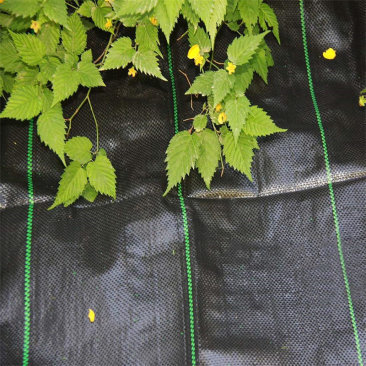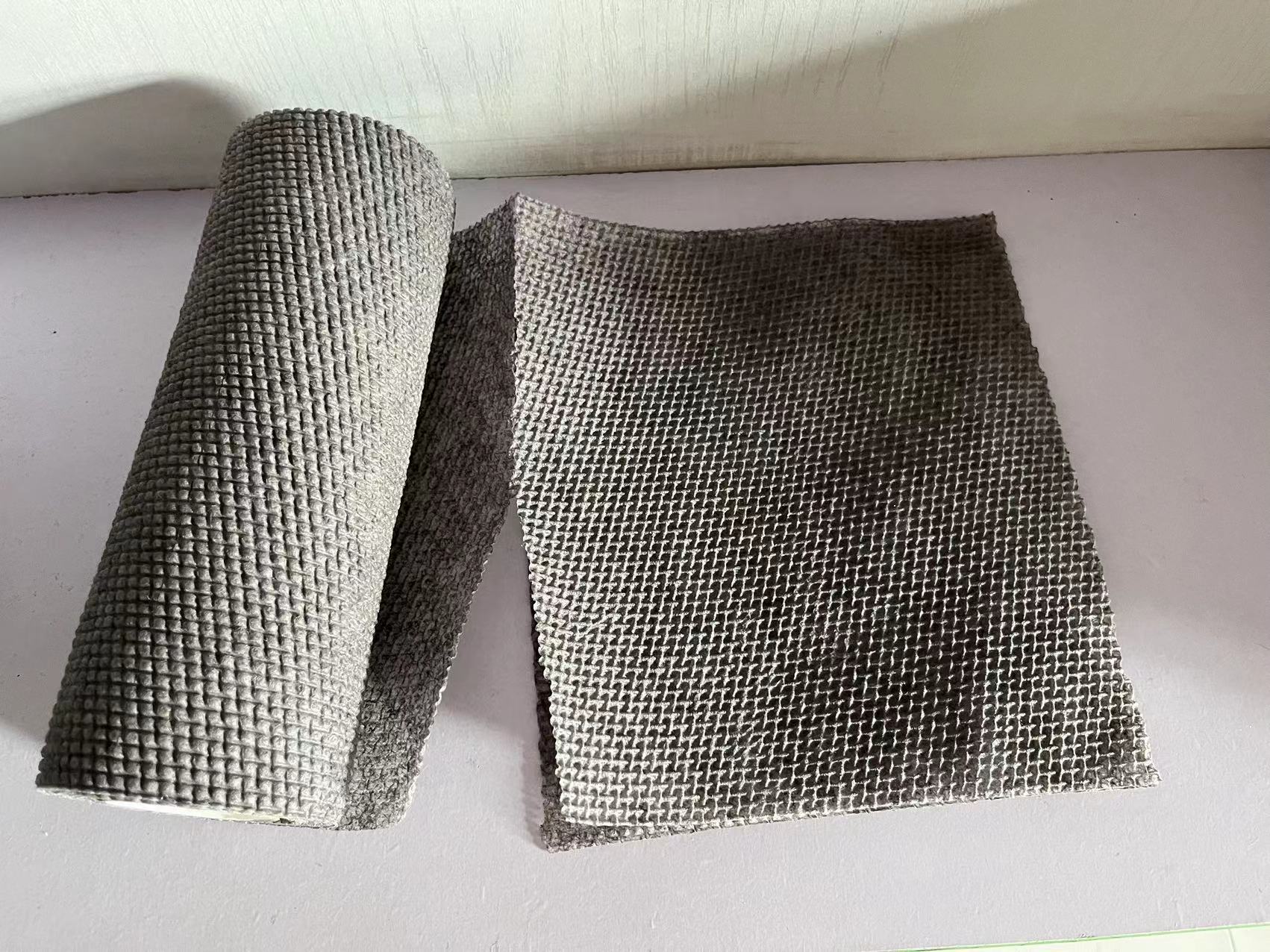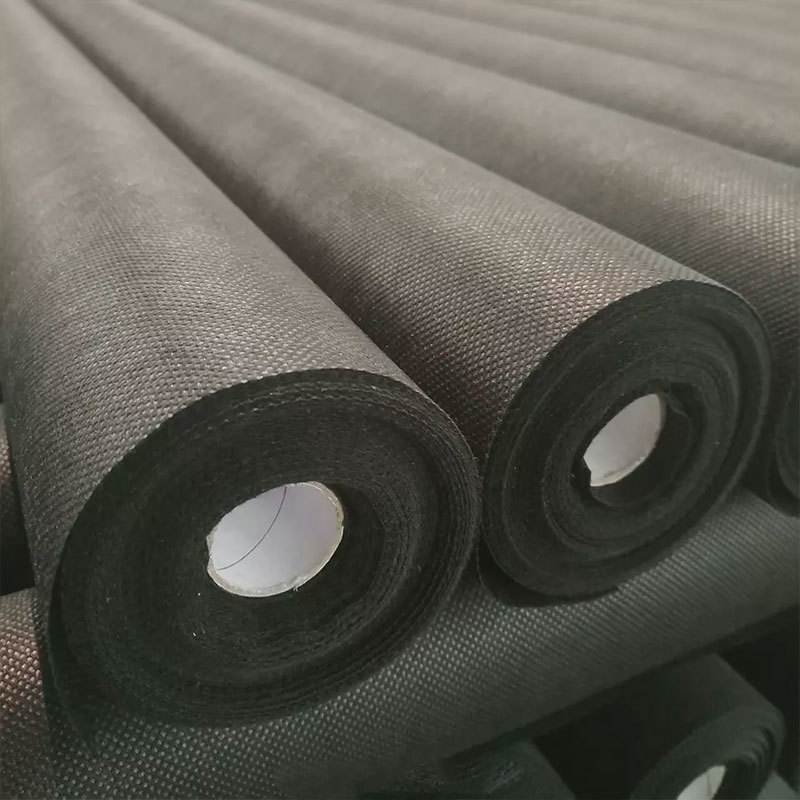13
2025
-
06
Understanding the Cost Benefits of Polyester Spunbond Nonwoven Fabric
Understanding the Cost Benefits of Polyester Spunbond Nonwoven Fabric Introduction to Polyester Spunbond Nonwoven Fabric Polyester spunbond nonwoven fabric is a revolutionary material in the textile industry, combining durability, versatility, and cost-effectiveness. This guide aims to explore the comprehensive cost benefits associated with polyester spunbond nonwoven fabric, providing valuable in
Understanding the Cost Benefits of Polyester Spunbond Nonwoven Fabric
Introduction to Polyester Spunbond Nonwoven Fabric
Polyester spunbond nonwoven fabric is a revolutionary material in the textile industry, combining durability, versatility, and cost-effectiveness. This guide aims to explore the comprehensive cost benefits associated with polyester spunbond nonwoven fabric, providing valuable insights for businesses and manufacturers looking to optimize their material choices.
The Manufacturing Process of Polyester Spunbond Nonwoven Fabric
An Overview of Spunbond Technology
Spunbond technology involves the process of creating nonwoven fabric by spinning extruded polyester fibers onto a conveyor belt. These fibers are subsequently bonded through heat and pressure, forming a strong and durable fabric. The result is a lightweight, breathable material that can be used in a multitude of applications.
Key Steps in the Production Process
1. **Polyester Resin Preparation**: The process begins with the preparation of polyester resin, which is melted and extruded into fine filaments.
2. **Spinning and Web Formation**: The extruded filaments are spread onto a conveyor to form a web. This web can vary in density and thickness depending on the desired final product.
3. **Bonding Techniques**: The web is then bonded using thermal or chemical methods, creating a robust fabric that exhibits excellent tensile strength and flexibility.
4. **Finishing Treatments**: Finally, finishing treatments may be applied to enhance specific properties such as hydrophobicity or UV resistance.
The Cost Advantages of Polyester Spunbond Nonwoven Fabric
1. Production Efficiency
One of the primary cost benefits of polyester spunbond nonwoven fabric is its high production efficiency. The continuous manufacturing process allows for large volumes of fabric to be produced quickly, reducing the labor costs associated with traditional woven fabrics.
2. Material Cost Savings
Polyester is generally more affordable than many natural fibers, leading to significant savings in raw material costs. Additionally, the durability of polyester spunbond fabric results in less frequent replacements, further enhancing its cost-effectiveness.
3. Lower Shipping Costs
Due to its lightweight nature, polyester spunbond nonwoven fabric incurs lower shipping costs compared to heavier materials. This can be a crucial factor in maintaining overall profitability, especially for businesses operating on thin margins.
4. Versatility in Applications
The versatility of polyester spunbond nonwoven fabric means it can be utilized across various industries, including healthcare, agriculture, automotive, and personal care. This wide range of applications not only broadens market opportunities but also streamlines inventory management.
Environmental Considerations of Polyester Spunbond Nonwoven Fabric
Sustainability of Polyester
Polyester, being a synthetic fiber, has often faced criticism regarding its environmental impact. However, advancements in recycling technologies have allowed for the production of recycled polyester spunbond fabrics, which significantly reduce the carbon footprint associated with traditional polyester production.
Biodegradability and End-of-Life Solutions
While standard polyester is not biodegradable, the development of biodegradable alternatives and recycling programs presents a way forward for minimizing waste. Businesses embracing sustainable practices can leverage these innovations to appeal to environmentally conscious consumers.
Applications of Polyester Spunbond Nonwoven Fabric
1. Healthcare Sector
In the healthcare sector, polyester spunbond nonwoven fabric is used for surgical gowns, masks, and drapes. Its barrier properties and ease of sterilization make it an ideal choice for maintaining hygiene standards in medical environments.
2. Agricultural Uses
Polyester spunbond nonwoven fabric is widely utilized in agriculture for crop covers, mulch films, and as protective barriers against pests. Its lightweight nature allows for sunlight and moisture penetration while providing necessary protection.
3. Automotive Industry
In the automotive field, this nonwoven fabric is employed for interior linings, insulation, and sound-dampening layers. Its durability and resistance to wear make it a preferred choice for enhancing vehicle longevity and comfort.
4. Consumer Goods and Personal Care
Polyester spunbond nonwoven fabric is also found in personal care products, such as wipes and feminine hygiene products. Its softness and strength contribute to the overall quality and user experience of these products.
Comparative Analysis with Other Nonwoven Fabrics
Polypropylene vs. Polyester Spunbond Nonwoven Fabric
When comparing polyester spunbond nonwoven fabric to its polypropylene counterpart, several factors come into play. While polypropylene is often cheaper, polyester offers superior durability and resistance to various chemicals, making it a more robust option in demanding applications.
Performance Metrics: Strength and Durability
Polyester spunbond nonwoven fabric demonstrates excellent tensile strength and resistance to tearing, outperforming many alternative fabrics in long-term use scenarios. This enhanced durability translates to reduced replacement costs over time.
Future Trends in Polyester Spunbond Nonwoven Fabric
Technological Innovations
Emerging technologies in the production of polyester spunbond nonwoven fabric are likely to focus on enhancing functionality, such as developing fabrics with improved water repellency, antimicrobial properties, and increased breathability.
Market Growth Projections
The market for polyester spunbond nonwoven fabric is expected to experience steady growth as industries increasingly recognize its advantages over traditional materials. This growth is driven by the demand for lightweight, durable, and cost-effective solutions across various sectors.
FAQs about Polyester Spunbond Nonwoven Fabric
1. What are the key benefits of polyester spunbond nonwoven fabric?
Polyester spunbond nonwoven fabric is known for its durability, lightweight nature, cost-effectiveness, and versatility across multiple applications.
2. How does the production process of polyester spunbond differ from other nonwovens?
The spunbond process involves continuous production of fibers which are then bonded, resulting in a strong and uniform fabric, unlike other methods that may involve more complex layering or bonding techniques.
3. Is polyester spunbond nonwoven fabric environmentally friendly?
While traditional polyester is not biodegradable, advancements in recycling and the development of biodegradable alternatives are enhancing its sustainability profile.
4. What industries benefit the most from using polyester spunbond nonwoven fabric?
Industries such as healthcare, agriculture, automotive, and personal care significantly benefit from the properties of polyester spunbond nonwoven fabric.
5. Can polyester spunbond fabric be recycled?
Yes, recycled polyester spunbond fabric can be produced, helping to mitigate environmental impact and contributing to a more sustainable textile lifecycle.
Conclusion
In conclusion, polyester spunbond nonwoven fabric offers numerous cost benefits that make it an attractive choice for various industries. From its efficient production process and versatility in applications to its competitive pricing and ongoing technological advancements, this fabric stands out as a superior alternative to traditional materials. As businesses continue to seek cost-effective and sustainable solutions, polyester spunbond nonwoven fabric is poised to play a pivotal role in the future of the textile industry. By understanding and leveraging the advantages of this innovative material, companies can enhance their operations while also meeting the evolving demands of consumers and the market.
Polyester Spunbond Nonwoven Fabric












